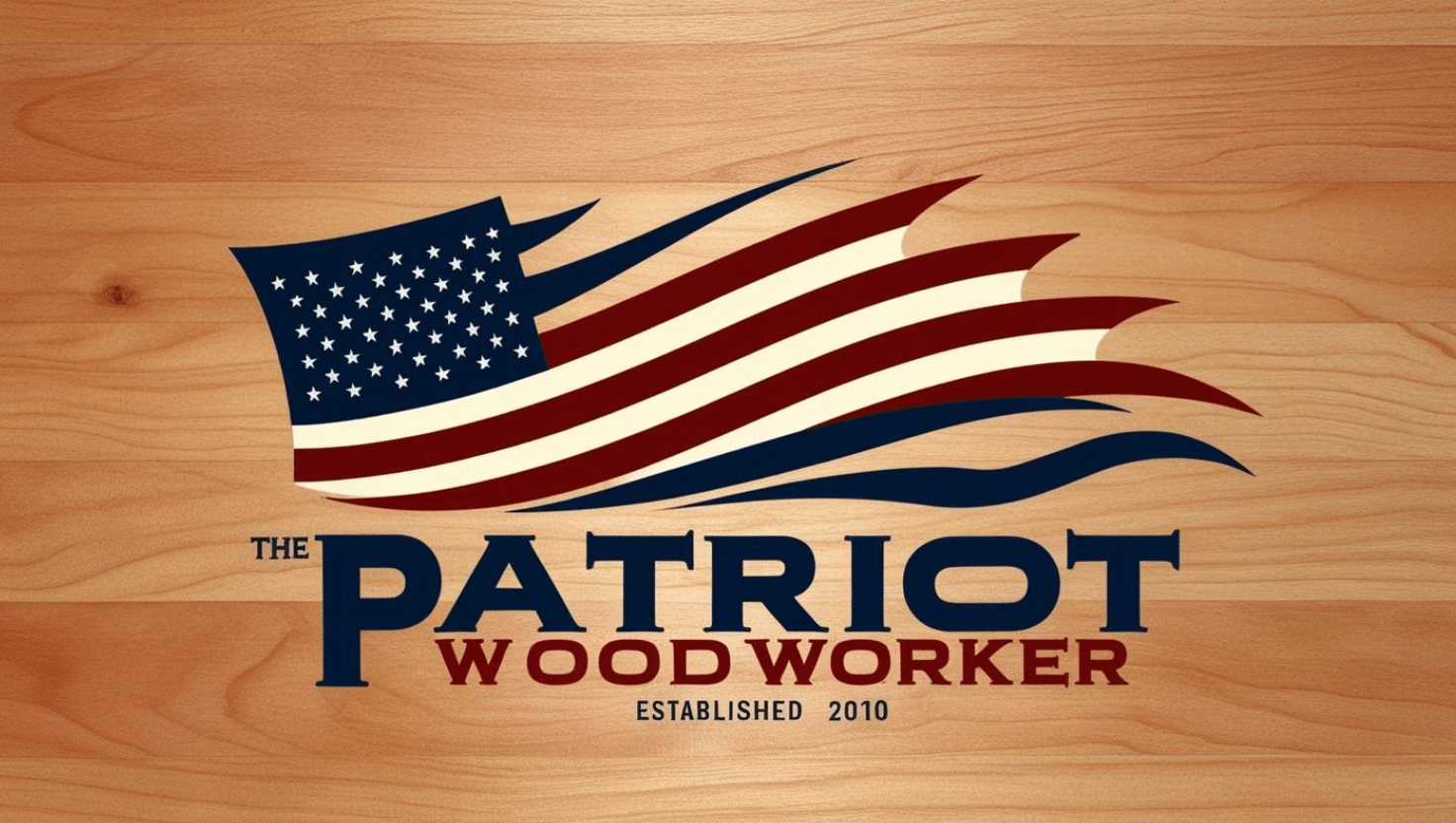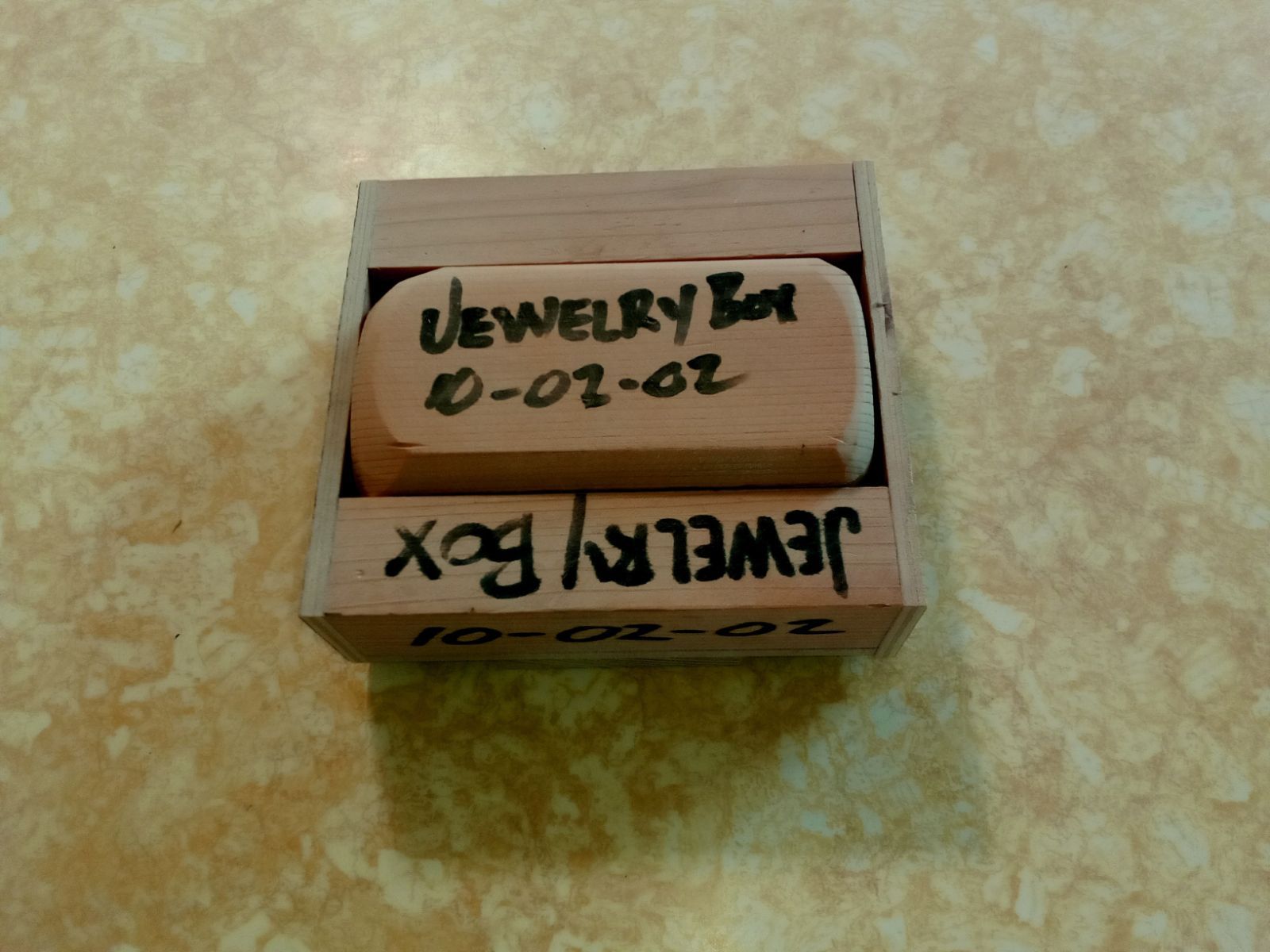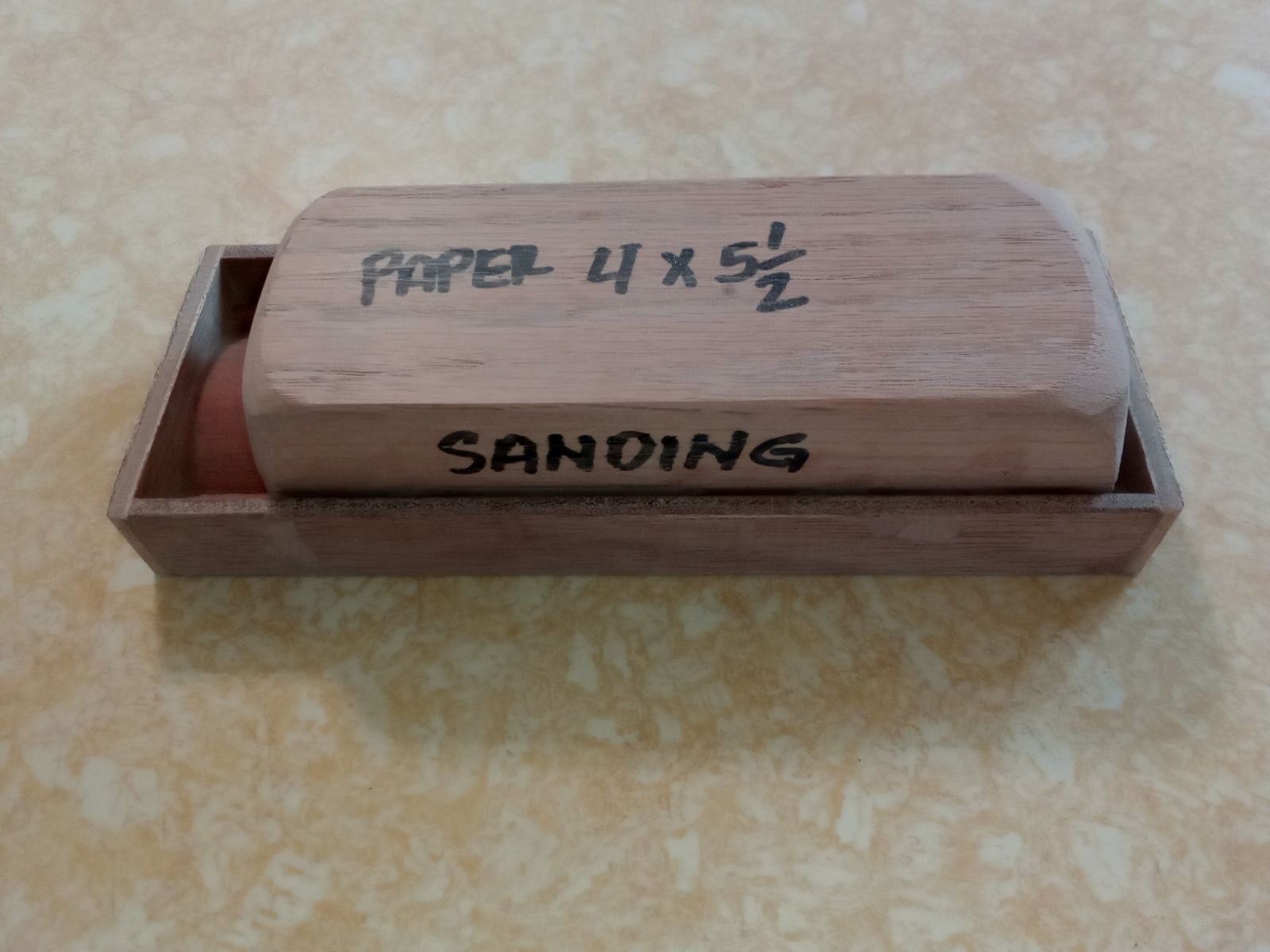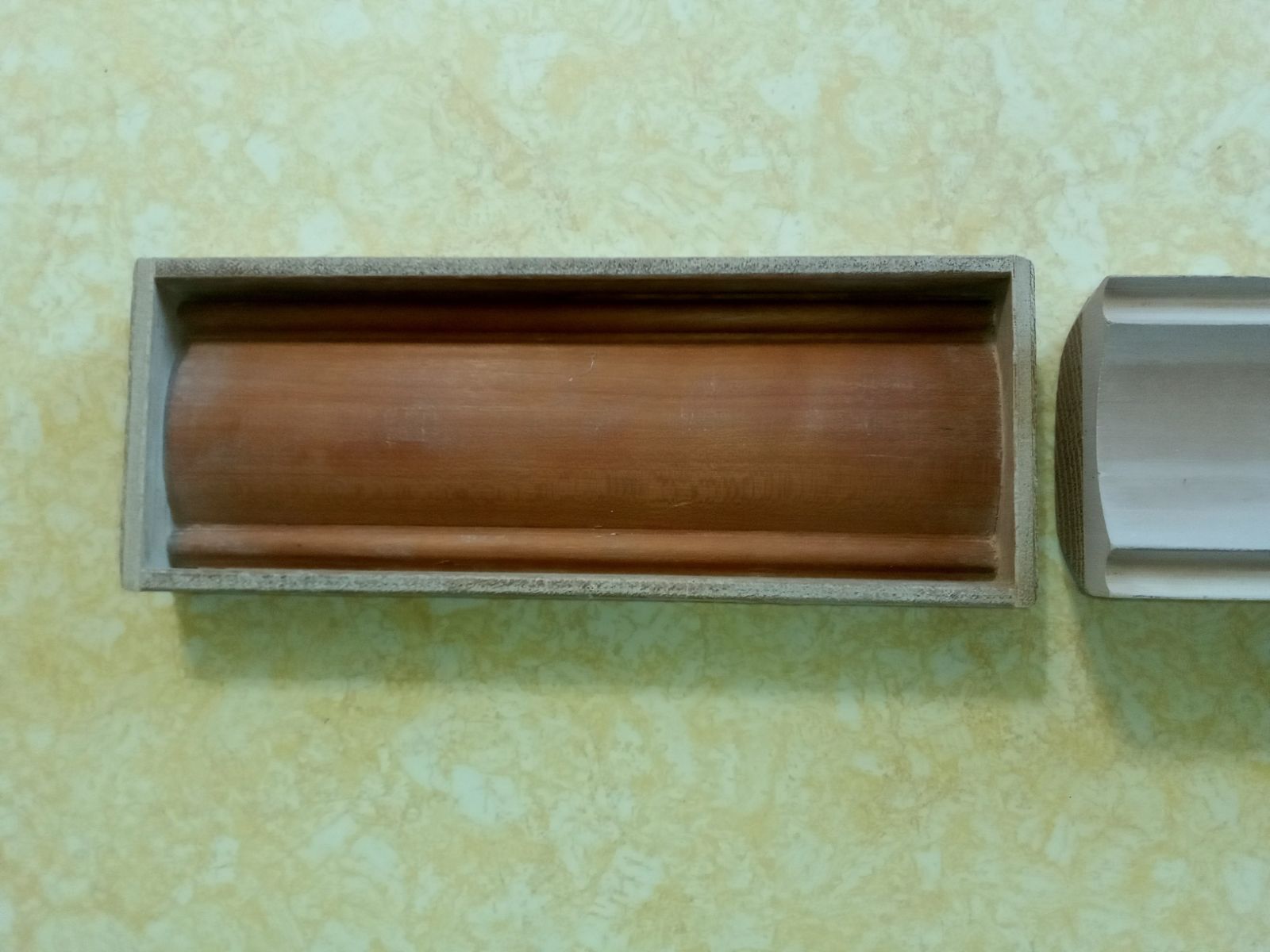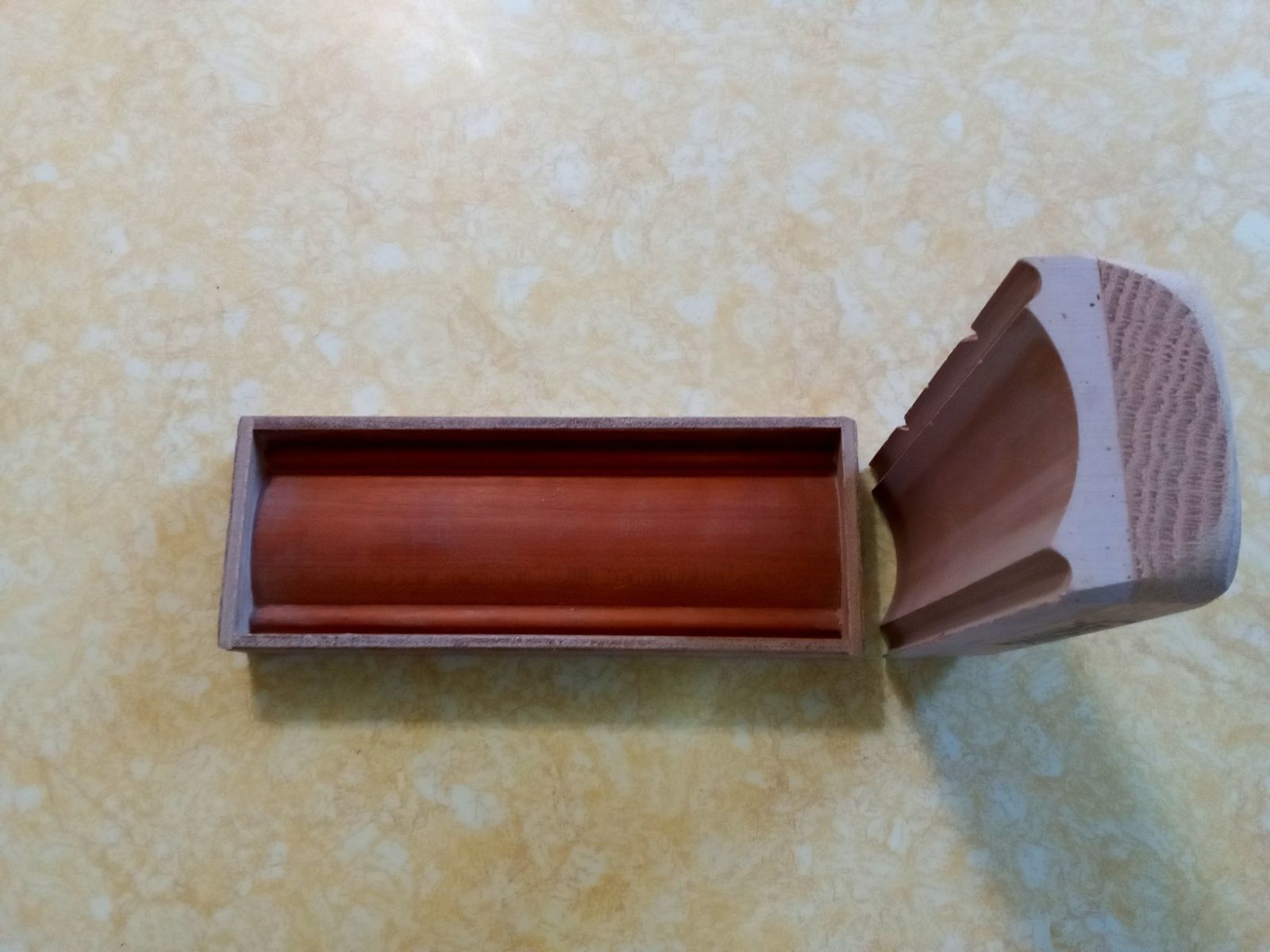Search the Community
Showing results for tags 'sanding block'.
-
Today I stated working on a jewelry box something I had not made in many years. I remembered I saved several boxes of sanding castings / patterns I made way back when in the early 2000's when I was making these boxes quite often. I located them and had a look after nearly 22 years. The jewelry boxes and humidors back then were constructed with profiles of some complexity using various router bits to make separate profile components and then assembling the components into one piece from several pieces to obtain the profile I was looking for. This worked very well but created a problem specifically how to finely finish sand the profile without ruining it ! OK that was the problem how not to screw it up at finish sanding. I thought if I could mold a custom sanding block that matched the profile exactly I could maintain the finer deatil and get the finish I needed. The Fix For every profile I would make several extra running inches . I then took a length of the profile usually 2 to 3 or 4 inches long squared it up on the ends and glued up a box around it. Please see the pics. The next step was to apply 2 or 3 coats of paste wax (Johnson’s Paste was around back then and it workrd great) to the boxed up profile. Here comes the magic, from there simply make a casting using BONDO the auto body filler stuff. Simply fill the box with Bondo covering the complete profile within let it cure and pop it out of the mold. You can kind of see the BONDO the light pink color stuff in the pics. When cured it is pretty hard and a perfect reverse of the profile. . Square up the Bondo casting glue on a hardwood block to assist handling / holding and lay in some sandpaper. The result was amazing, the profiles on the jewelry box sanded perfectly with all the details and sharp and crisp edges. If you have some similar projects that would be difficult to finish sand give this a try. Please ask any questions. Calabrese55
-
on the sanding blocks... Sherwin Williams guy ask me one day some time ago to take this flexible sand paper and give it a try and let them know what I think of it.. It was quick some time before I went to give him my thoughts. So, he said lets hear it...First off I said I haven't been able to wear out that small two sheets you gave me and second though is it works better on uneven surfaces better than anything I have ever used.....period...It is pricey but I don't have to buy it very often. I read where guy had bought a machine to cut sheets of sand paper for his sanding block...I never realized anyone would spend money on something to do a simple task..I was shown this the first day I went to work at a furniture store in 1954 and still do this every day in the shop when using sanding blocks. I have 5 3M sanding blocks I bought around 1960 and 4 of them I still use all the time. One, a flap work out this year. A person will learn to keep different grits available to save time.. fold the paper over then crease it with the back of the rubber block a few times then fold it back over the other way a time or two then lay it on the edge of the table saw an tear it apart. I think this was a young lad on Superjocks wood site who had spent money to get his paper sized?? But I will have to use sizzors for this 3M p220 flexible stuff so there you go.
- 14 replies
